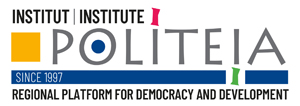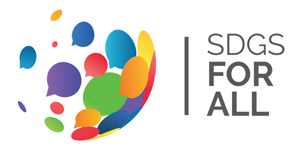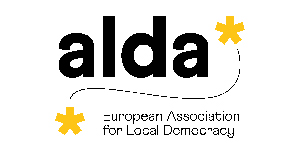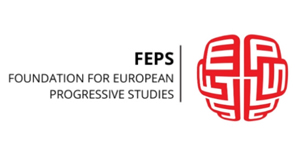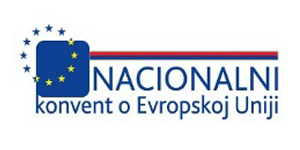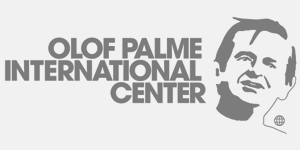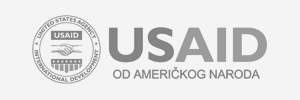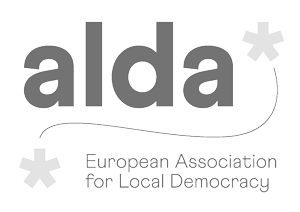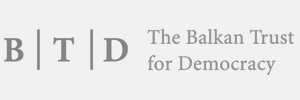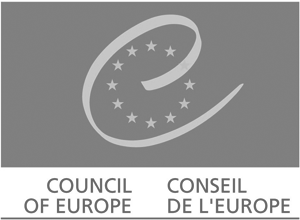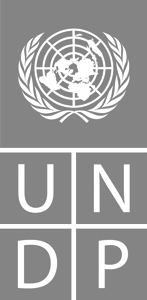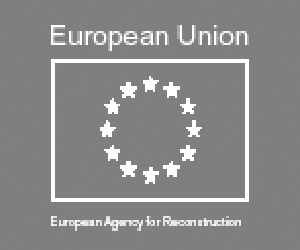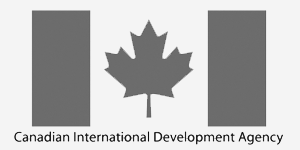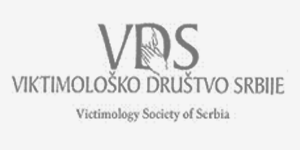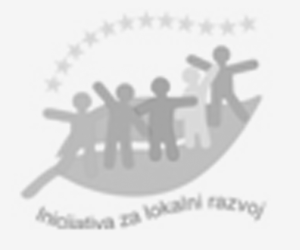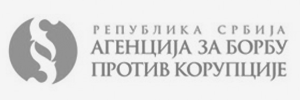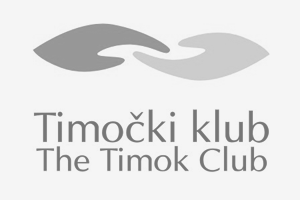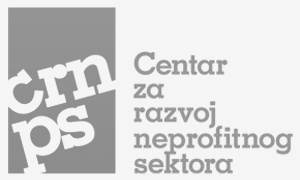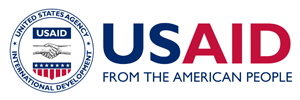Speech by Nataša Vučković on the Talks Between the NCEU and the Prime Minister of Serbia Concerning Sustainable Development
Your Excellency Prime Minister, Ms. Čomić, Ms. Đukić Dejanović,
Please allow me to thank you for the initiative and the invitation to speak here today on the topic of sustainable development, a strategic approach to social economic development.
I agree with the proposals brought forth by Nataša Dragojlović and Kori Udovički to first discuss how we see this planning process - that is, are we discussing Serbia’s development plan which includes sustainability or do we view the sustainable development strategy as just of many strategies. The nationalisation of the Sustainable Development Goals is surely a priority.
My task is to talk about social performance indicators. Of which there are many, making it difficult to select. I have chosen to discuss poverty. I believe it is necessary for Serbia to prepare and implement a strategic approach to poverty eradication, which is the goal of the 2030 Agenda, Goal 1 - End Poverty in All its Forms Everywhere.
I will also present the recommendations we have proposed in published reports and policy recommendations, both at the level of the National Convention, the Working Group for Negotiating Chapter 19 - Social Policy and Employment, and within Social Platform Sustainable Development for All.
The topicality of the subject is best illustrated by the following data:
Approximately half a million people in our country live below the so-called absolute poverty line, which amounts to RSD 12,286 per person i.e., these people are unable to satisfy even the most basic necessities of life as their disposable income per month is less than the above mentioned amount;
A quarter of Serbia’s population lives below the so-called relative poverty line i.e., RSD 19,381 per individual (2019) i.e., is at risk-of-poverty as their monthly income is less than this amount (which is 60 percent of median disposable income).
When we combine these data with recent World Bank estimates that due to the ‘economic shock’ caused by the Covid-19 pandemic the threat of a poverty pandemic looms, as the number of poor may increase from 125 to 327 thousand, it is clear that combatting poverty must be one of Serbia’s strategic priorities in the coming years.
This conclusion is even more pronounced if the presented data are viewed in the light of the cautionary fact that for a decade now, our country has not had in effect a similar strategic document after the expiry of the Poverty Reduction Strategy, despite having record poverty rates compared to other European countries.
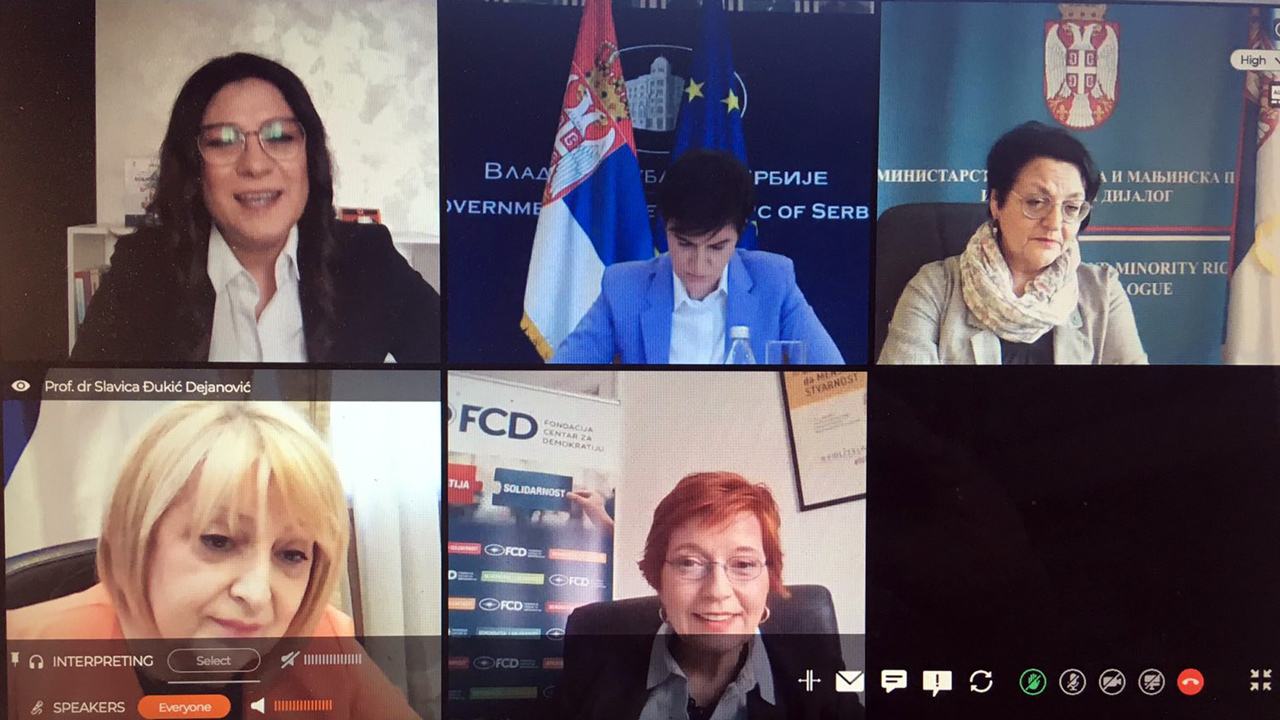
According to the at-risk-of-poverty rate (which is used as the national definition of poverty in the EU accession process), Serbia ranks second out of all countries where poverty is measured based on this methodology, with a value of 23.2% in 2019.
Estimates say that approx. 350,000 employed persons receive a minimum wage.
The informal employment rate is exceptionally high - 18.2% in 2019, which indicates that a large number of hired contractors do not have the right to compensation from social insurance funds in the event of illness, unemployment, maternity or disability. Realistically, 429,000 people work in the informal sector (every sixth employed person).
Where access to basic services is concerned, 12% of inhabitants living in informal settlements do not have access to electricity, while 21% of said inhabitants lack access to drinking water.
The poor and those in vulnerable situations are disproportionally exposed to the impact of natural and social catastrophise.
Preliminary assessments of the impact of the COVID-19 epidemic in Serbia indicate a definite increase in the poverty rate, in particular, on the difficult position of the Roma population living in informal settlements, who do not receive adequate support, as those who live in extreme poverty are “pushed to the brink of starvation”.
Social protection allocations, viewed in accordance with the GDP, have dropped from 21.6% in 2008 to 19.4% in 2018, which is far below the EU average, which amounts to 28.1% and which experienced an upward trend in the same period (from 26.1% in 2008).
According to the UN Development Programme, in addition to the standard of living, education (42.7%) and health (20.6%) have the greatest impact on deprivation in individual dimensions on the overall multidimensional poverty rate in Serbia. Given the extensive impact that education has on drawing in a large number of inhabitants into the vicious cycle that is poverty, particularly dramatic are the data relative to the educational status of the Roma population in our country: on 64% complete a primary level of education, compared to the 94% of the majority population.
In terms of health, a high percentage of the population cannot satisfy their need for check-ups or healthcare for financial reasons, distance or waiting lists (in 2019, 4.8% of the population, in relation to the EU 27 average of 1.7%).
Furthermore, the housing dimension should also be included, where the situation is also extremely unsettling: with an overcrowding rate of 53.3% in 2019, Serbia is ranked at the very top in Europe.
The main challenge, strategically speaking, is that Serbia’s Poverty Reduction Strategy (PRS) expired and an appropriate public policy document was never adopted as a replacement aiming to reduce or eradicate poverty.
In 2016, the RS Govt. adopted the Employment and Social Policy Reform Programme in the Process of Accession to the European Union (ESRP), as the main strategy of Serbia's social development in the process of its accession to the EU. However, unlike the PRS, the ESRP in no way establishes poverty reduction or combatting poverty as one of its primary objectives, although it does note these issues as ‘widespread’. Reducing the number of people at risk-of-poverty found its place in the ESRP; however, only as one of the 11 ‘key strategic targets’. Today we know that this target was not achieved, as there are still over 1.6 million people in Serbia who are at risk of poverty, which is far from the target number of under 1.5 million, as envisaged in the ESRP. Reports on its implementation indicate disappointing effects, in particular in terms of social policy.
Key recommendations:
- To adopt a Poverty Reduction Strategy
- To adopt a new ESRP which includes indicator target values that relate to reducing the number of people at risk of poverty
- To adopt a new social protection strategy and a new national programme for the suppression of the grey economy
- To establish a coordinating body within the Government of the Republic of Serbia to reduce poverty, with the Prime Minister at its helm
- To reinstate the work of the ERP and ESRP Application Monitoring Platform in collaboration with the National Convention on the European Union.
Nataša Vučković, Center for Democracy Foundation (29 March 2021)
PUBLICATIONS
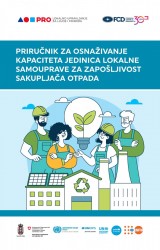 Manual for Strengthening the Capacities of Local Self-Government Units for the Employability of Waste Pickers
Manual for Strengthening the Capacities of Local Self-Government Units for the Employability of Waste Pickers
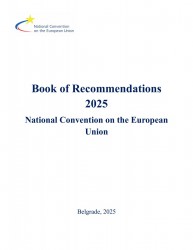 NCEU Book of Recommendations 2025
NCEU Book of Recommendations 2025
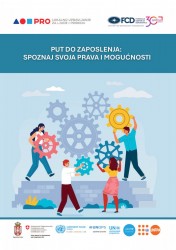 Manual “The Path to Employment: Get to Know Your Rights and Opportunities”
Manual “The Path to Employment: Get to Know Your Rights and Opportunities”
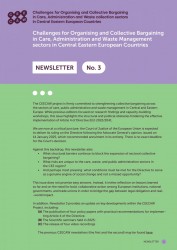 Challenges for Organising and Collective Bargaining in Care, Administration and Waste collection sectors in Central Eastern European Countries
Challenges for Organising and Collective Bargaining in Care, Administration and Waste collection sectors in Central Eastern European Countries
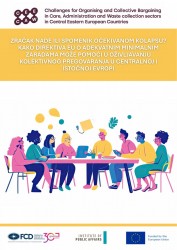 Public Policy Proposals – Collective Bargaining (CEECAW)
Public Policy Proposals – Collective Bargaining (CEECAW)
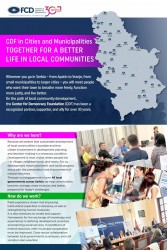 CDF in Cities and Municipalities: Together for a Better Life in Local Communities
CDF in Cities and Municipalities: Together for a Better Life in Local Communities
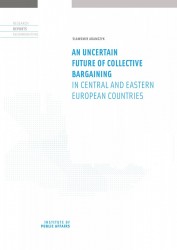 Comparative reports on collective bargaining - CEECAW
Comparative reports on collective bargaining - CEECAW
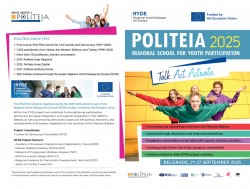 POLITEIA – Regional School for Youth Participation 2025 (leaflet)
POLITEIA – Regional School for Youth Participation 2025 (leaflet)
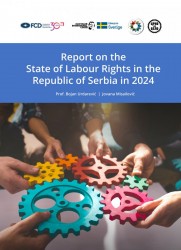 Report on the State of Labour Rights in the Republic of Serbia in 2024
Report on the State of Labour Rights in the Republic of Serbia in 2024
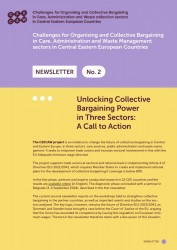 Unlocking Collective Bargaining Power in Three Sectors: A Call to Action
Unlocking Collective Bargaining Power in Three Sectors: A Call to Action
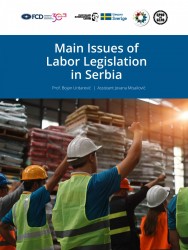 Main Issues of Labor Legislation in Serbia
Main Issues of Labor Legislation in Serbia
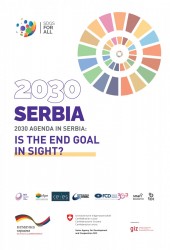 New Monitoring Report by the “SDGs for All” Platform: Is the End Goal in Sight?
New Monitoring Report by the “SDGs for All” Platform: Is the End Goal in Sight?
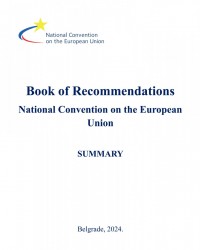 NCEU Book of Recommendations 2024 (Summary)
NCEU Book of Recommendations 2024 (Summary)
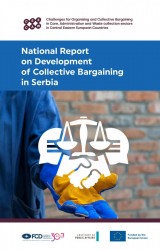 National reports on collective bargaining in Serbia - CEECAW
National reports on collective bargaining in Serbia - CEECAW
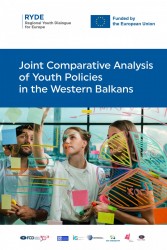 The Comparative Analysis of Youth Policies in the Western Balkans (WB)
The Comparative Analysis of Youth Policies in the Western Balkans (WB)
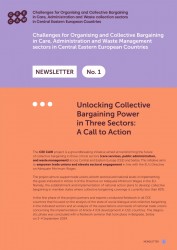 Unlocking Collective Bargaining Power in Three Sectors: A Call to Action
Unlocking Collective Bargaining Power in Three Sectors: A Call to Action
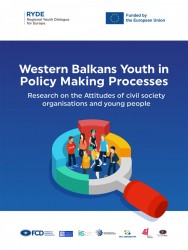 Western Balkans Youth in Policy Making Processes
Western Balkans Youth in Policy Making Processes
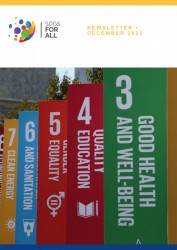 SDGs for All Platform newsletter (December 2023)
SDGs for All Platform newsletter (December 2023)



